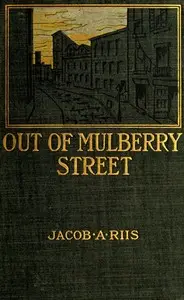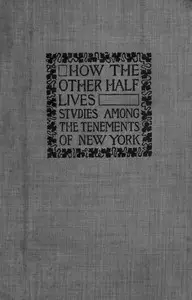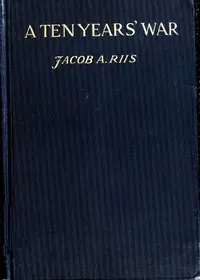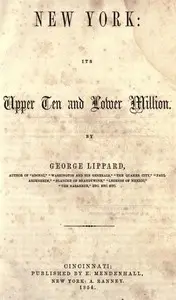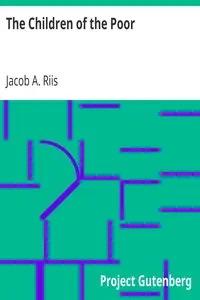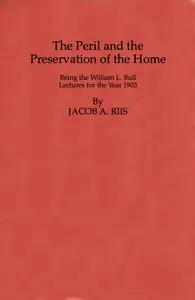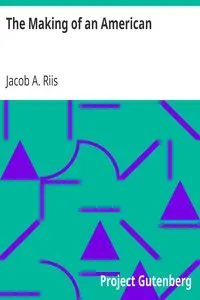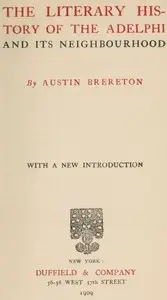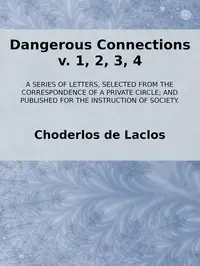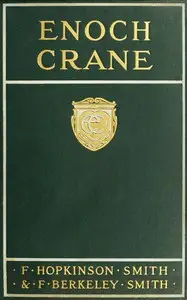"Children of the Tenements" by Jacob A. Riis is a series of interconnected narratives illuminating the difficult existences of underprivileged children residing within New York's tenement neighborhoods during the close of the 1800s. The collection reveals the fortitude, desires, and battles encountered by these young individuals and their families as they confront the cruel truths of metropolitan destitution. Employing emotionally moving scenes, Riis seeks to depict the significant social dilemmas prevalent in his era, underscoring the inherent worth and honor of those dwelling on the edges of society. The initial narrative introduces Adam Grunschlag, a Jewish street vendor grappling with immense hardships as he navigates life within a confined and unsanitary basement alongside his spouse and their young son, Abe. As his wife falls severely ill, he contends with the unforgiving aspects of poverty and takes drastic steps for the survival of his family, which includes trying to return a baby to its real parents. This portion establishes a profound sense of empathy and urgency, indicating coming conflicts and sacrifices made by these individuals in their pursuit of a better future. The profound emotional difficulties that they encounter represent the overall hardships encountered by numerous families facing analogous circumstances.
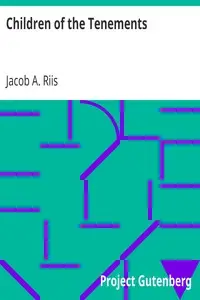
Children of the Tenements
By Jacob A. (Jacob August) Riis
In old New York, families struggle against sickness and poverty while fighting for a better life, even if it means making impossible choices.
Summary
About the AuthorJacob August Riis was a Danish-American social reformer, "muck-raking" journalist, and social documentary photographer. He contributed significantly to the cause of urban reform in the United States of America at the turn of the twentieth century. He is known for using his photographic and journalistic talents to help the impoverished in New York City; those impoverished New Yorkers were the subject of most of his prolific writings and photography. He endorsed the implementation of "model tenements" in New York with the help of humanitarian Lawrence Veiller. He was an early proponent of the newly practicable casual photography and one of the first to adopt photographic flash.
While living in New York, Riis experienced poverty and became a police reporter writing about the quality of life in the slums. He attempted to alleviate the poor living conditions of poor people by exposing these conditions to the middle and upper classes.
Jacob August Riis was a Danish-American social reformer, "muck-raking" journalist, and social documentary photographer. He contributed significantly to the cause of urban reform in the United States of America at the turn of the twentieth century. He is known for using his photographic and journalistic talents to help the impoverished in New York City; those impoverished New Yorkers were the subject of most of his prolific writings and photography. He endorsed the implementation of "model tenements" in New York with the help of humanitarian Lawrence Veiller. He was an early proponent of the newly practicable casual photography and one of the first to adopt photographic flash. While living in New York, Riis experienced poverty and became a police reporter writing about the quality of life in the slums. He attempted to alleviate the poor living conditions of poor people by exposing these conditions to the middle and upper classes.



